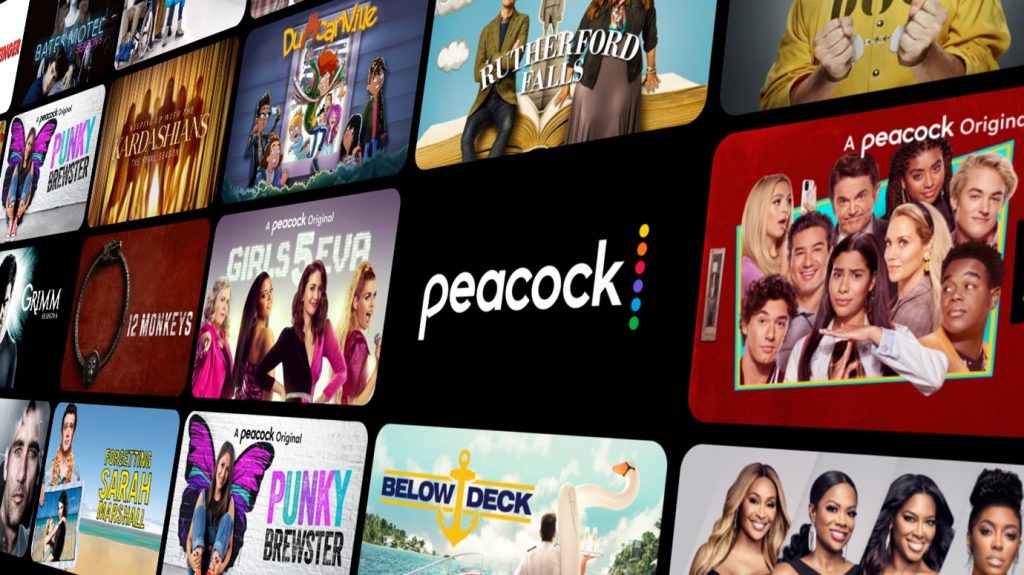Study: VoD users increasingly accepting ads
August 17, 2022

The Q2 2022 wave of Hub Entertainment Research’s TV Advertising: Fact vs. Fiction study reveals strong satisfaction with ad-supported streaming TV platforms. Key findings from this year’s study:
1) The number of consumers using an ad-free streaming platform has increased impressively over the past several years.
- In Q2 2022, 55 per cent of consumers say they use at least one FAST (free, ad-supported TV streaming services), such Pluto TV, the free version of Peacock, the Roku Channel, TubiTV, Freevee, etc. That percentage is almost 10 points higher than it was at the end of 2021.
- Another four in 10 (42 per cent) subscribe to the ad-supported tier of a streaming on-demand subscription service: Hulu, Discovery+, Paramount+, Peacock or HBO Max. Subscription to those ad-supported tiers is up 4 points since the end of 2021.
2) Most TV consumers say they’d rather save money each month and watch ads—than pay more to avoid ads.
- 56 per cent say they’d rather watch ads and pay $4-$5 less per month for a streaming service. Preference for less expensive, ad-supported tiers over more expensive, ad-free tiers has remained relatively stable over the past year.
3) Those who use ad-supported streaming services feel they get just as much value from the service as those who subscribe to ad-free services.
- Subscribers to the ad-supported tiers of streaming services are, for the most part, equally likely to feel they get “excellent” or “good” value from the service as those who subscribe to the ad free versions.
And subscribers to Discovery+ and Paramount+ with ads are actually 5 points more likely than ad-free subscribers to feel those services offer excellent or good value.
- What’s more, strong majorities of FAST users say those services offer value—across all the FASTs Hub tested.
4) A relatively heavy ad load does not necessarily lead to lower viewer satisfaction.
- For example, subscribers to Discovery+ and Hulu with ads are the most likely to agree that they see “more ads” on those platforms than on other streaming platforms.
- However, subscribers to those same platforms are also the most likely to feel the number of ads they see is “reasonable”—despite their perception that the sheer number of ads is higher.
- Those two platforms are also at the top of the list when consumers are asked how much “attention” they paid to the ads during a show they watched recently on the service: 51 per cent of recent Discovery+ viewers gave the top ratings on ad attention (8-10 on a 0-10 scale), as did 45 per cent of recent Hulu viewers.
5) The key to keeping viewers satisfied even with a relatively higher ad load: relevant ads.
- Hub asked recent viewers of an ad-supported platform if they remembered seeing ads that seemed relevant given their interests. For those who did remember ads like that, 69 per cent said they enjoyed the entire experience of watching the show. For those who didn’t see relevant ads, viewing enjoyment was just 48 per cent.
- Similarly, show enjoyment was 61 per cent among those who remembered ads for products that seemed to be based on their past purchases. Among those not seeing ads like that, enjoyment was a lower 49 per cent.
6) All of this is not to suggest that anything goes when it comes to ad load or length of ad breaks.
- Hub asked ad-supported viewers to estimate how many ads they saw during a recent show. Once the number of ads reaches 6-10 per half hour, the proportion feeling the ad load was unreasonable begins to climb dramatically—from 25 per cent among those recalling 5 or fewer ads, to 36 per cent for 6-10, to 46 per cent for 11 or more ads.
- The same phenomenon holds for length of ad breaks: once breaks hit the one-minute mark, perceived unreasonableness of break length climbs steadily: 33 per cent for those saying breaks were one minute long, to 41 per cent among those estimating 90 seconds, to 48 per cent estimating two minutes+ per break.
“Flashback to the late 2000s: take the rapid success of ad-free streaming services like Netflix, add in the gradual erosion of traditional pay TV subscribers, and many industry experts began to predict that ad-supported TV would go the way of the dinosaur,” notes Peter Fondulas, principal at Hub and co-author of the study. “It turns out the issue consumers had with ad-supported platforms was not the fact that they included ads at all, but how the ads were delivered. With reasonable ad loads, more relevant targeting, and a quid-pro quo agreement (watch ads, pay less), the industry seems finally to have an answer to the question that has dogged it for years: how to get consumers to accept TV advertising.”
